
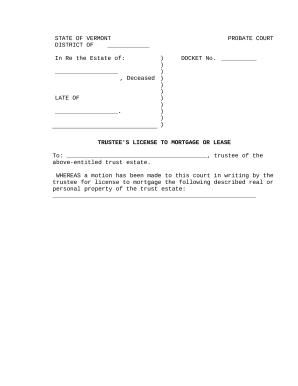
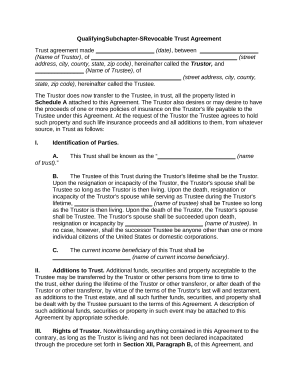
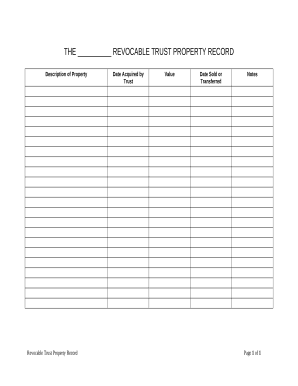

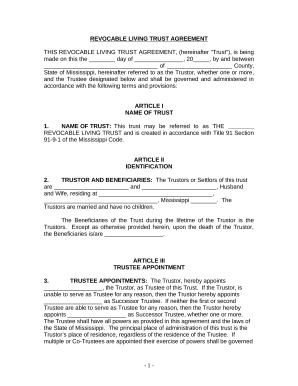
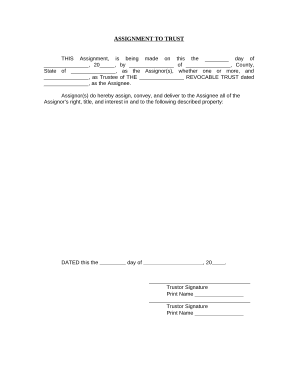
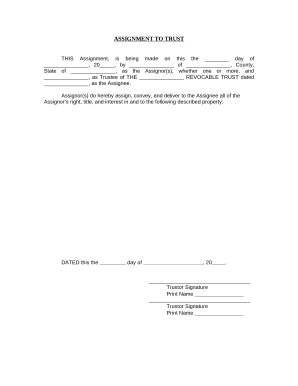
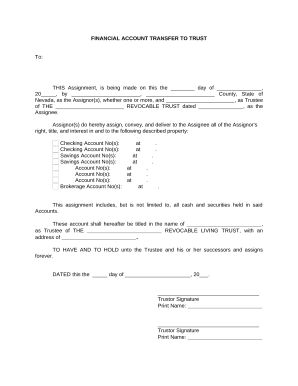
Speed up your form operations using our US Trusts Legal Documents online library with ready-made templates that meet your requirements. Access the document template, edit it, complete it, and share it with your contributors without breaking a sweat. Begin working more efficiently with the forms.
How to use our US Trusts Legal Documents:
Examine all the opportunities for your online document administration with the US Trusts Legal Documents. Get your free free DocHub profile right now!